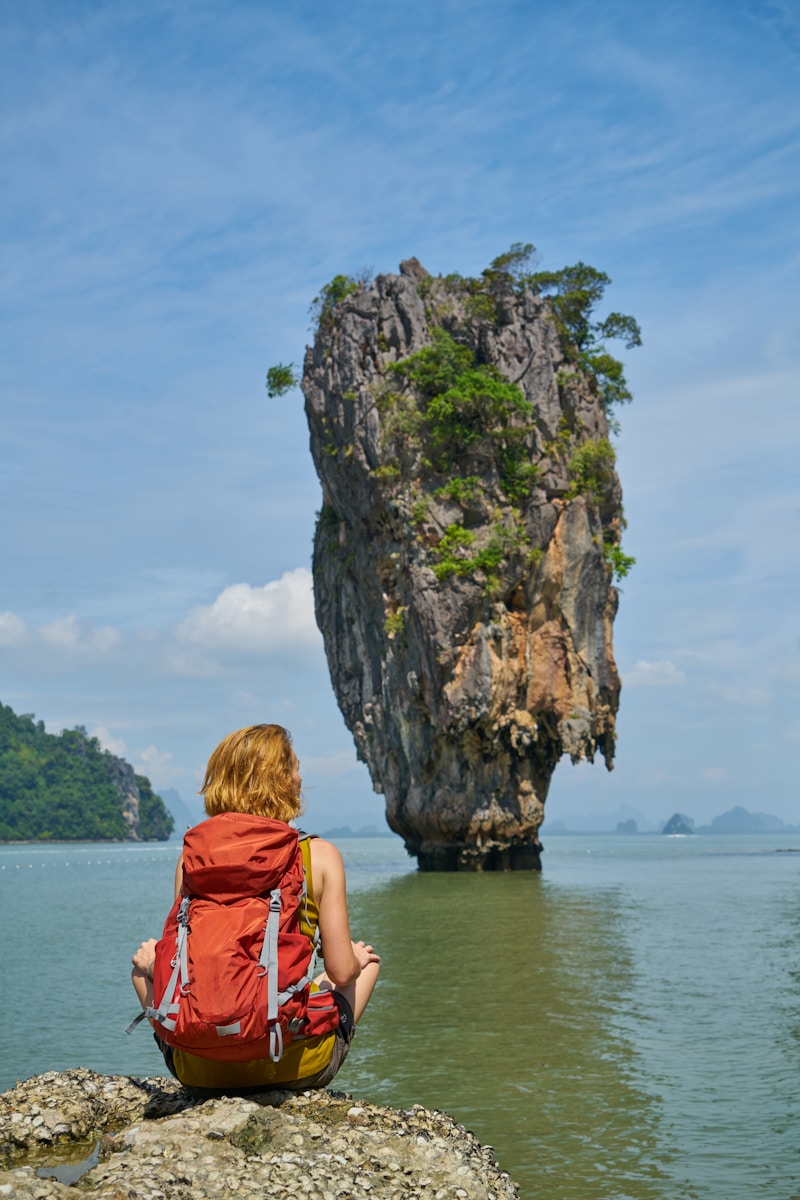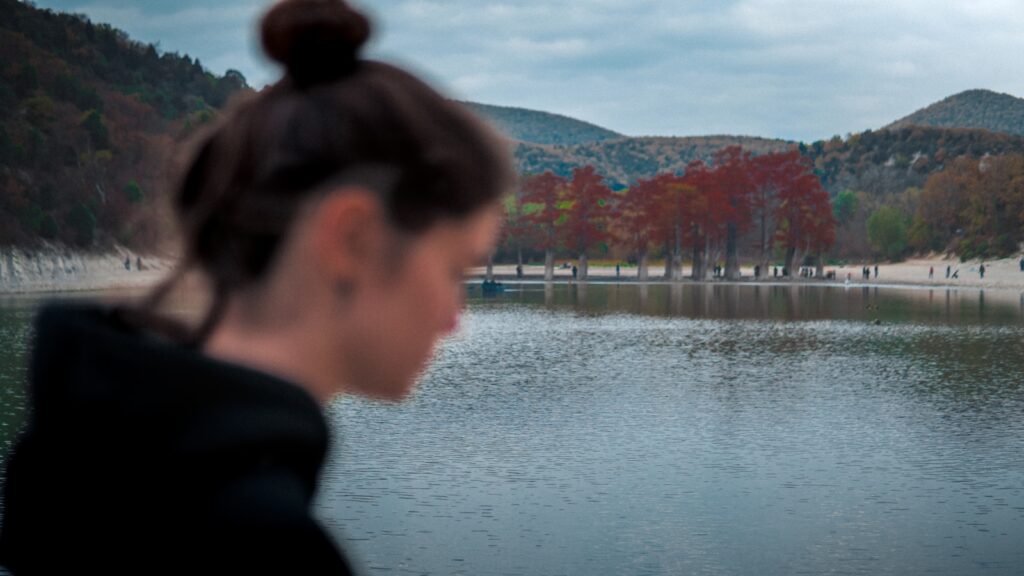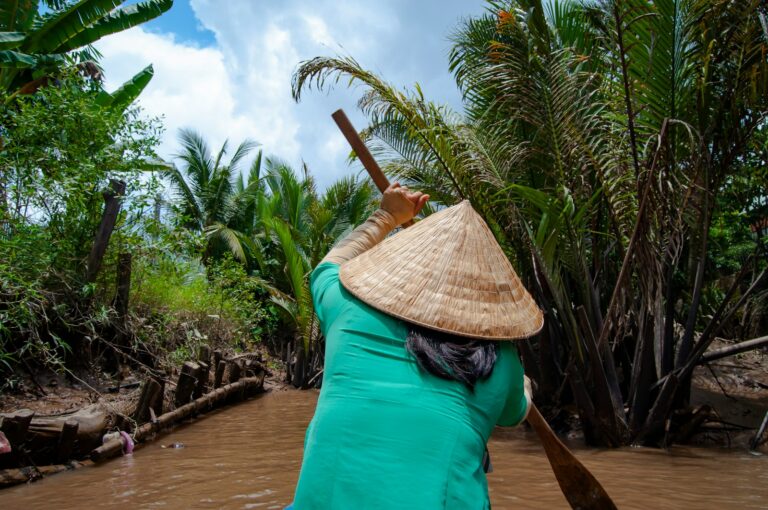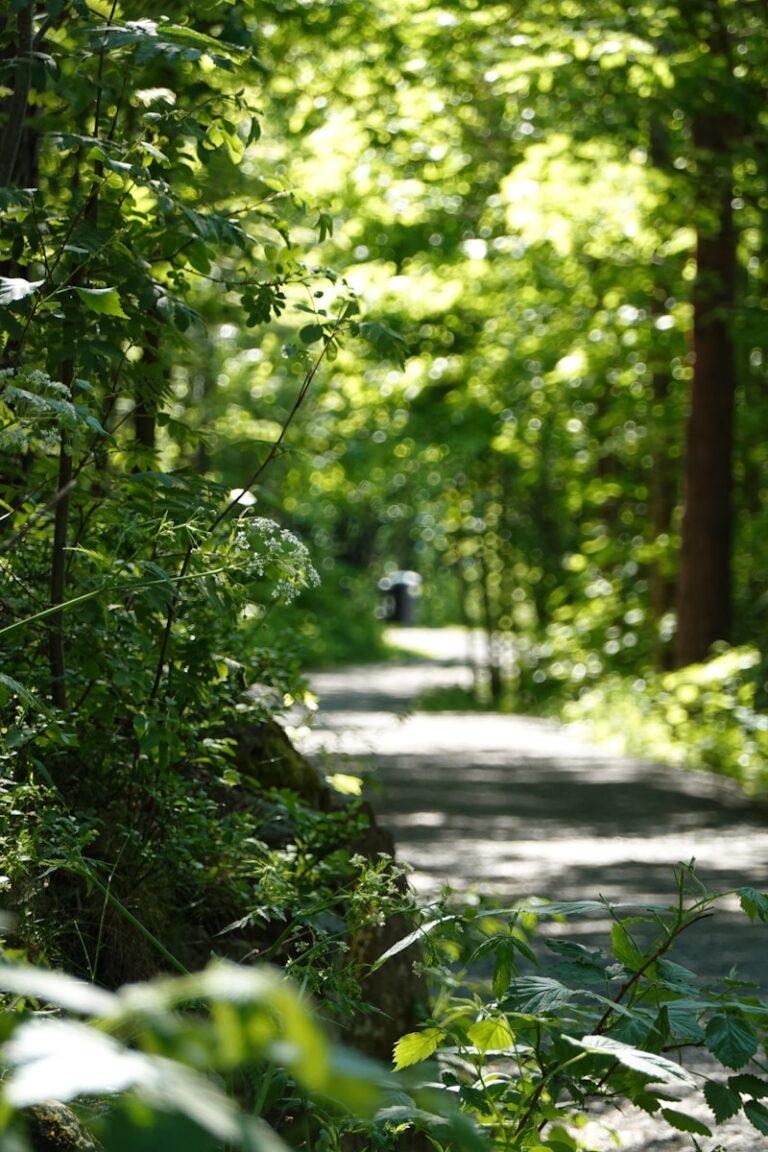Ben Tre Bets on Sustainable Tourism
By Ngoc Tran
In the Mekong Delta, where narrow canals snake through coconut groves and wooden boats glide slowly past stilt houses, a new experiment in tourism is unfolding. Unlike the typical river cruises or day trips long familiar to visitors, this initiative puts sustainability at its core and asks travelers to think differently about what it means to take a holiday.
At the center of this experiment is Ben Tre, often called the “Land of Coconut Trees.” Once seen mainly as a stopover for tourists en route to other parts of the Delta, it is now positioning itself as a model for eco-conscious travel. Here, visitors are asked not only to enjoy the local lifestyle—fishing, fruit picking, or listening to folk music—but also to calculate their carbon footprint and take steps to offset it.
A Passport With a Purpose
The initiative is spearheaded by C2T, a Ben Tre–based tourism company led by CEO Võ Văn Phong. Each participant receives a “Green Passport,” a booklet that serves as both a memento and a carbon logbook. Travelers are encouraged to record every activity, whether driving into town, eating a shrimp dish, or sipping coconut water.
“The passport does two things,” Mr. Phong explained in an interview. “It helps visitors reflect on the impact of their choices, and it becomes a personal record of how they contributed to the community and environment.”
That contribution can take many forms. After eating a shrimp, guests are encouraged to release a smaller one—or a cluster of eggs—back into the water. Buying a box of coconut candy counts as both a cultural activity and a way of supporting local livelihoods. Even drinking water from a fresh coconut is framed as a sustainable choice compared with bottled drinks transported long distances.
The underlying idea is education. Tourists learn, sometimes in real time, how seemingly small decisions accumulate into measurable emissions—and how alternative choices can mitigate them.
Trees as Carbon Offsets
One of the most popular activities is tree planting. Coconut trees absorb about 150 kilograms of carbon dioxide annually, and mangroves, particularly cork trees, help stabilize coastlines against erosion while absorbing around nine kilograms of CO2 a year.
C2T has turned tree planting into a tourism product. Visitors can adopt or purchase coconut trees, with the price varying by age and yield. A five-year-old tree producing 10 coconuts can offset part of a traveler’s trip emissions. A more ambitious option allows tourists to “grow” a 30-year-old coconut tree for VND 1.5 million (about $60) per year, receiving up to 150 coconuts delivered to their home. If they decline the coconuts, the company buys them back.
Mangroves play a different role. In a region plagued by rising salinity and flooding, they act as natural barriers. Tourists are invited to plant multiple saplings, with the idea that offsetting one’s footprint also strengthens the resilience of local communities.
Rising Demand for Responsible Travel
The program reflects a broader shift in tourism. Increasingly, travelers—especially younger and better-educated ones—are seeking experiences that feel authentic and responsible. The growth of eco-tourism, cultural immersion programs, and volunteer travel suggests a changing market where leisure is combined with purpose.
On average, a Vietnamese citizen emits about three tons of CO2 annually. While a single short trip may not seem consequential, Mr. Phong argues that embedding sustainability into tourism encourages habits that extend beyond travel. “We want people to leave Ben Tre not just with memories, but with a new perspective on how their everyday choices matter,” he said.
Opportunities and Challenges
Governments across Asia have begun promoting sustainable tourism, offering tax incentives for eco-friendly investment and introducing certification programs for green businesses. Airlines are experimenting with fuel-efficient aircraft; hotels are advertising waste-reduction campaigns. But change is uneven, and challenges remain.
Investment in infrastructure is one obstacle. Many communities lack the resources to build eco-friendly facilities or to scale projects beyond small pilot programs. Competition within the industry is another: some operators cut corners to keep prices low, prioritizing short-term profit over long-term environmental goals.
Traveler awareness is a further barrier. Many tourists remain more interested in convenience than in sustainability. “Education is still the missing link,” Mr. Phong noted. “We need more people to understand that sustainable tourism is not a burden—it’s an opportunity to enjoy the destination more deeply.”
A Model With Limits
C2T acknowledges that its model may not appeal to everyone. The “Green Passport” system currently attracts a niche audience: affluent, urban travelers who are socially conscious and willing to spend more for meaningful experiences. For mass tourism markets, where price often trumps principle, scaling up will be harder.
Still, Mr. Phong sees value in starting small. “Our hope is to create a ripple effect,” he said. “If even a fraction of tourists begin to ask about their carbon footprint, it can push the industry in a better direction.”
A Different Kind of Souvenir
For those who participate, the experience can be transformative. Instead of returning home with just photos and handicrafts, they carry a record of their environmental choices and, in some cases, a coconut tree or mangrove sapling growing in their name.
“The real goal,” Mr. Phong said, “is for visitors to feel that their trip was both enjoyable and meaningful—that they gave something back while taking memories with them.”
As Ben Tre seeks to redefine its place on Vietnam’s tourism map, its experiment suggests one path forward: not mass tourism, but mindful tourism. Whether that model can expand remains uncertain. But for now, in the Mekong Delta’s coconut groves, a new kind of travel is taking root.
Experts say collaboration is key. Governments, businesses, and travelers alike must share responsibility if eco-tourism is to move beyond small pilot programs and reshape the industry.




